Models for teaching global citizenship often limit themselves to conceptual analysis and passive methods for global knowledge acquisition. The Munk One Program I direct inverts these by deploying labs as experiential platforms (Keating and Cambrosio 2006). These platforms in action promote three key dimensions of global citizenship: systems thinking, problem solving, and balancing theory with evidence. At the undergraduate level, we embed first year university students in policy research labs actively seeking new approaches in addressing wicked global problems.
This year, I developed placements in seven global policy research labs throughout the university: 1) the Cyber Security Lab has students gathering rapidly evolving Internet data for a project focusing on contests around cyberspace controls in and around key public events such as elections; 2) the Global Summitry Lab has students gathering and synthesizing reports on global summitry and interviewing subjects to contribute to the project’s data collection; 3) the Global Justice Lab has students coding data from the UN Office of the High Commissioner for Human Rights and using bivariate and multivariate analysis to track innovations in the evolution of the human rights regime; 4) the Entrepreneurship Labs at MaRS Discovery District have students researching and writing blogs on emerging markets in Canada; the Blue Button roll-out; and creating a data tracking map for health care accessibility in Ontario; 5) the Health Innovation Lab has students researching mobile technology for health care delivery and developing a plan for using a mobile app to assist in triage and treatment of post traumatic stress disorder in Syrian refugee camps in Jordan; 6) the Global Environmental Governance Lab has students researching and analyzing governance experiments through carbon markets in China; 7) the Innovation, Society, and Economic Growth Lab has students collecting data and tracking distributional outcomes of innovation policy.
In all cases, students learn complexity, how global problems are arranged and nested; that innovative solutions are often achieved through recombinations of existing ideas; and that addressing a problem requires attending to differing perspectives, paces, and preferences of actors in the global system.

